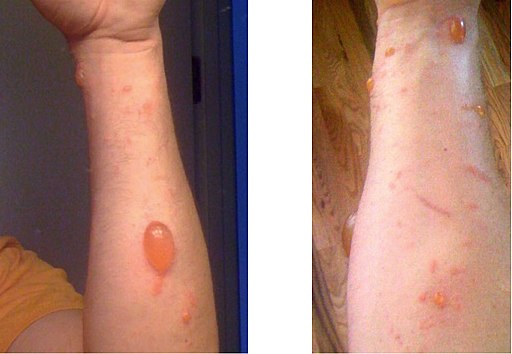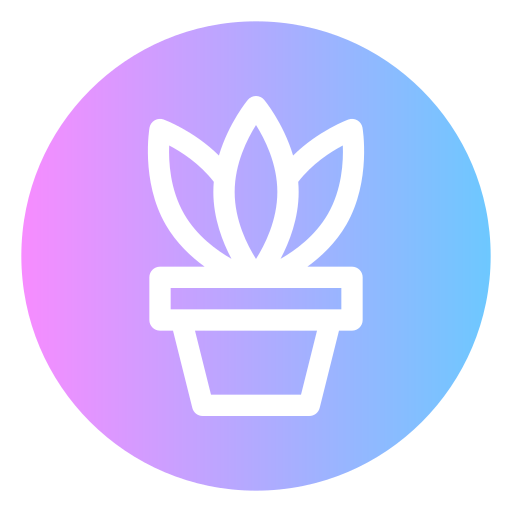If you’ve ever had your hands or feet covered in poison ivy, then this article is for you. Are you wondering if you should pop the poison ivy blisters? After reading this article, you’ll know what to do and what works best.
Popping Poison Ivy Blisters & Its Effects
These blisters are painful, and you might be tempted to pop them as soon as possible to reduce the pain, irritation and redness. But it would be best if you never popped a Poison Ivy Blister.
The blisters are a part of your body’s immune systems response to the poison and a part of its healing process. But if you pop a poison ivy blister, you will face the following side effect:
- An open blister can get infected and lead to blood poisoning.
- However, the blisters do not contain urushiol, the oil that causes poison ivy rash. Hence, breaking a blister will not cause the rash to spread.
Should I pop Poison Ivy Blisters?
Never Pop a Poison Ivy Blister. Let it run its course and heal with time.
How to care for the Popped Blisters?
If you break the blisters accidentally or knowingly, you must take proper care of the area.
- Clean the area of the popped blister with running water. Also, clean it with a disinfectant.
- After properly cleaning the area, cover it with a sterile bandage to protect the wound from bacteria.
- If you notice any swelling or redness in the region, visit your doctor immediately.
How do Poison Ivy blisters dry out fast?
You can try these home remedies to quickly reduce or dry out the blisters caused by poison ivy.

1. Take a cool shower
The first thing to do after you get exposed to Poison Ivy is to take a cool shower. Use a bar of unscented soap to wash your skin, fingernails, clothes, and other things you carry with you, like clothes, gadgets, and shoes.
Recommended:
2. Alcohol
Try rubbing alcohol on the affected area. According to the experts, alcohol can help clean the urushiol from the skin and other surfaces. Therefore, carrying alcohol wipes while passing the areas with Poison Ivy plants is advised.
3. Cold compress
Using a cold compress can provide immediate relief from pain and itching. You can take a clean cloth, run it under cold water, put an ice cube, and pat it on the affected area.
4. Over-the-counter
You can try various over-the-counter lotions and creams available at your nearest pharmacy. Products containing zinc acetate, zinc carbonate, zinc oxide or calamine can soothe the inflammation. Make sure that you consult your doctor before applying these creams and lotions.
5. Bentonite clay
Bentonite, natural clay, is used by people for beauty and personal care. It has a cooling effect when mixed with water and applied to the skin. Applying a thin paste of this clay can help soothe the irritable skin and relieve the pain.
How long does a poison ivy blister last?
The poison ivy blisters can take up to 3-5 days to dry up on their own. It might take longer if you face a severe reaction and prominent blisters have formed.
The poison ivy allergic reaction can take up to 2-3 weeks to heal completely, depending on your condition. The healing process depends on the amount of urushiol on your skin.
What is the fluid in poison ivy blisters?
The blisters contain an odourless and colourless fluid. They do not contain urushiol, the oil that causes poison ivy rash and is not contagious.
Final Words
Poison ivy blisters are much more likely to become infected when scratched, but if the blisters don’t bother you, there is no reason to pop them. If you have had a severe reaction to poison ivy, please see a medical professional before trying to treat the affected area yourself.
